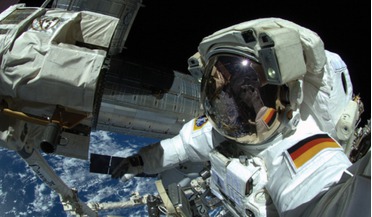 August 2016
International cooperation drives Germany’s space ambitions
August 2016
International cooperation drives Germany’s space ambitions
..., known as Mobile Asteroid Surface Scout-2 (Mascot-2) is under study by DLR. Mascot-1 is already in flight, carried on Japan’s Hayabusa-2 mission, launched on 3 December 2014 to land on its target asteroid during 2018. In addition to the systems and...
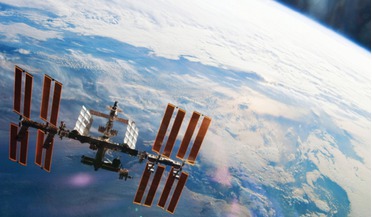 August 2016
Flying in formation - why China and the rest of the world should collaborate
August 2016
Flying in formation - why China and the rest of the world should collaborate
... the inclination of the orbitwould enlarge the area of Earth covered to include the whole of China, the US and Japan, as well as most of Europe. China’s free-flying telescope could also be serviced by the ISS if needed. International Space...
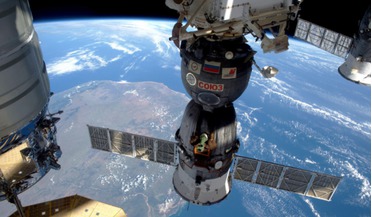 August 2016
Space stations - drivers of cooperation
August 2016
Space stations - drivers of cooperation
... for cooperation The International Space Station orbiting at 400 km is a joint endeavour of the US, Russia, Canada, Japan and 10 European nations but with no Chinese or Indian participation. It was launched in 1998, originally to be decommissioned...
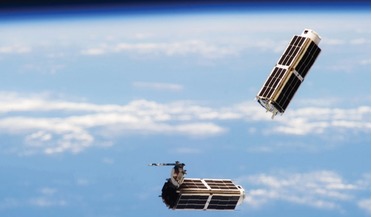 September 2016
Small launcher market survey
September 2016
Small launcher market survey
... and Future Launch Systems,” 29th International Symposium on Space Technology and Science (conference paper), Nagoya-Aichi, Japan, 2013. 4“Northstar- The Versatile, Green and Safe Launch Service,” Nammo and Andoya Rocket Range (brochure...
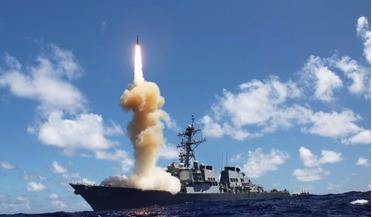 February 2017
Protecting our space interests
February 2017
Protecting our space interests
... launch capability but only six of these conduct regular launch operations: China, Europe (via Arianespace), India, Japan, Russia and the USA. Collectively, they conduct 80-90 launches per year (86 in 2015, of which 81 were successful). However...
 April 2017
Surviving radiation for space colonisation
April 2017
Surviving radiation for space colonisation
.... One Sv over a short period of time will cause acute radiation sickness and 10 Sv is often fatal. Emergency workers at Japan’s Fukashima nuclear plant disaster in 2011 received up to 678 mSv, yet none of them suffered acute radiation sickness...